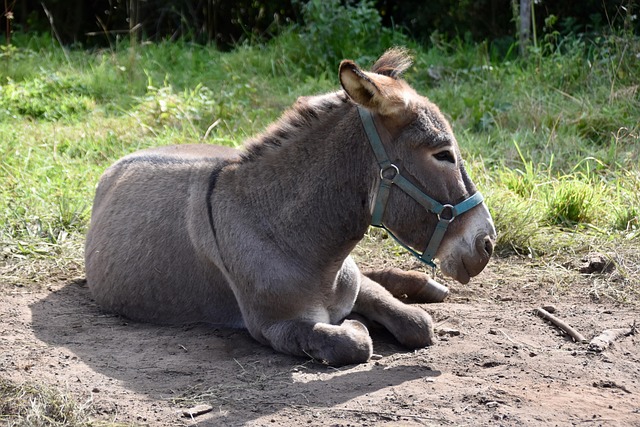Pipe insulation is essential for protecting plumbing from freezing and bursting during winters, conserving energy and preventing costly repairs. Choosing the right type (e.g., foam for homes, fiber glass for commercial) based on pipe size and environmental conditions is crucial. Effective installation involves measuring, cutting, and securing insulation with utility tape, insulating valves, and fitting pre-made covers to seal gaps to stop heat loss and water freezing.
Winter is coming, and protecting your pipes from freezing temperatures is crucial. Insulating pipes is an effective and essential step to prevent costly damage caused by frozen water lines. This comprehensive guide will walk you through understanding pipe insulation, choosing the right type for your needs, and a step-by-step process to ensure efficient protection. Learn about common mistakes to avoid, ensuring your pipes stay safe all winter long with proper pipe insulation techniques.
- Understanding Pipe Insulation: Why It's Essential for Winter Protection
- Types of Pipe Insulation: Choosing the Right Fit for Your Needs
- Step-by-Step Guide to Insulating Pipes Effectively
- Common Mistakes to Avoid When Insulating Pipes for Winter
Understanding Pipe Insulation: Why It's Essential for Winter Protection
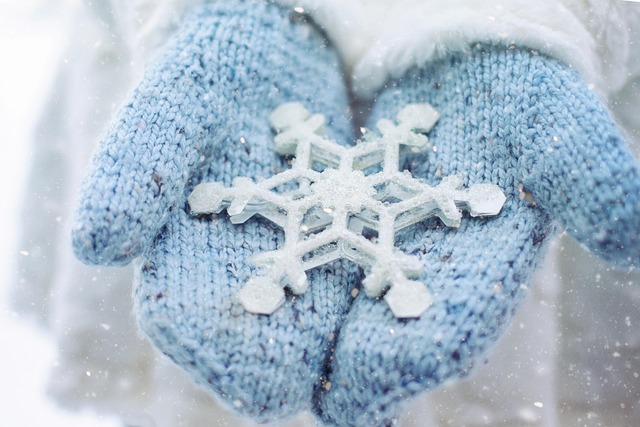
Pipe insulation is a crucial component in protecting your home’s plumbing system during chilly winter months. It serves as an essential barrier, preventing pipes from freezing and bursting, which can lead to costly damages. By wrapping pipes with insulating material, you create an additional layer of protection that regulates temperature fluctuations. This is particularly vital in regions with harsh winters where extreme cold can cause water inside pipes to freeze and expand, putting immense pressure on the entire system.
The benefits of pipe insulation are numerous. It maintains a consistent temperature along the pipes, ensuring that warm air from your heating system doesn’t escape, thus conserving energy. Moreover, it protects against sudden temperature changes, preventing pipes from freezing and minimizing the risk of burst pipes. This simple yet effective measure can save you from costly repairs and disruptions caused by winter’s harsh conditions.
Types of Pipe Insulation: Choosing the Right Fit for Your Needs
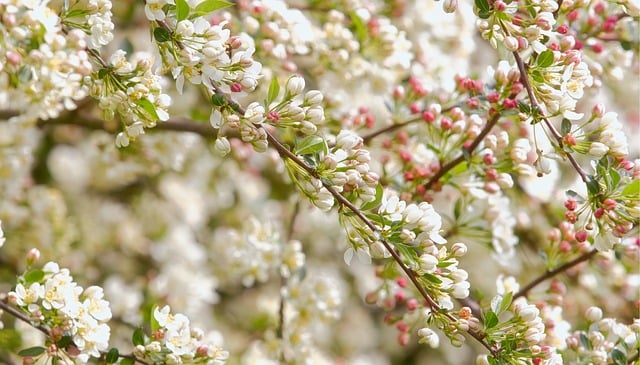
When it comes to protecting pipes during winter, the right pipe insulation is key. There are various types available in the market, each designed for specific purposes and environments. For instance, foam pipe insulation is lightweight and easy to install, making it a popular choice for residential settings. This type effectively traps heat and prevents pipe freezing. On the other hand, fiber glass or rockwool insulation offers excellent temperature resistance and is ideal for more demanding commercial applications. It’s highly efficient at minimizing heat loss and can withstand harsh conditions.
Choosing the right pipe insulation depends on factors like pipe size, material, and the extreme temperatures your pipes will face. Additionally, consider the ease of installation and any specific requirements for insulating certain types of pipes, such as those used for hot or cold water supply. The right fit ensures optimal performance and protects your plumbing system from potential damage caused by frost and freezing.
Step-by-Step Guide to Insulating Pipes Effectively
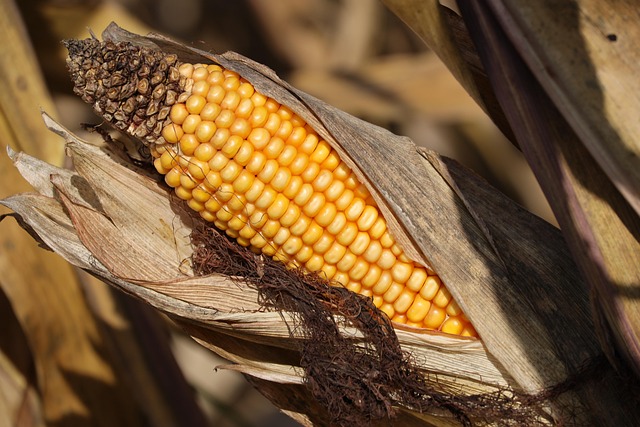
Insulating pipes effectively is a crucial step in protecting your plumbing system during chilly winters. Here’s a step-by-step guide to help you through this process.
1. Identify Pipes Needing Insulation: Start by locating the pipes most vulnerable to freezing, such as those exposed to outdoor elements or in unheated spaces. These are typically water supply lines, drain pipes, and heating system components.
2. Choose the Right Pipe Insulation: Select pipe insulation based on material (like foam, fiberglass, or rubber) and R-value (a measure of its thermal resistance). For outdoor applications, consider insulating with a durable, waterproof material to shield against extreme cold.
3. Measure and Cut Insulation: Measure the pipes to determine the required length of insulation. Cut the insulation material carefully using scissors or a utility knife, ensuring it fits snugly around the pipe without leaving gaps.
4. Apply Pipe Insulation: Starting at one end of the pipe, wrap the insulation tightly around it, overlapping each layer slightly. Use a utility tape to secure the insulation in place, creating a seamless barrier against cold temperatures.
5. Insulate Valves and Fittings: Don’t forget to insulate valves, fittings, and other components. Wrap them individually or use pre-made insulating covers for added protection.
6. Check for Air Leaks: After completing the insulation process, inspect all joints and connections to ensure no air leaks are present. Sealing any gaps will maintain the insulation’s effectiveness.
Common Mistakes to Avoid When Insulating Pipes for Winter
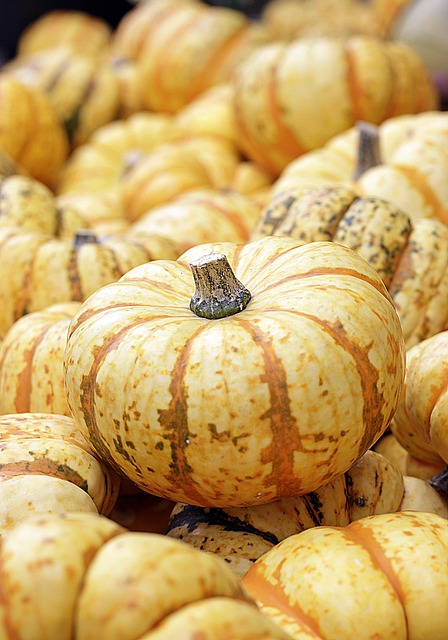
When preparing your pipes for winter, there are several common mistakes to steer clear of to ensure optimal protection. One frequent error is insufficient coverage; it’s crucial to wrap pipe insulation adequately and secure it tightly around the pipes. This prevents heat loss and keeps water from freezing inside. Neglecting to insulate exposed pipes can lead to costly damage from frozen and burst pipes, so don’t skimp on the insulation material.
Another mistake is using the wrong type of pipe insulation for specific applications. Different materials like foam, fibreglass, or rubber have varying R-values and properties suitable for distinct temperatures and environments. Always choose an insulation type designed to withstand the expected cold snaps in your region. Additionally, don’t forget to seal any gaps around pipes where heat can escape; this includes securing insulation against walls, floors, and other surfaces to create a continuous barrier.
